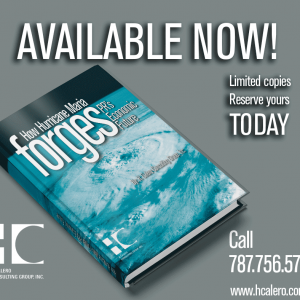
Aug 2016: Aging & Migration Watch
How the PR economy could perform with these trends
As PROMESA with its Fiscal Control Board prepares to fix the island’s fiscal and hopefully economic problems, it is wise to assess the effects of aging and migration on the PR economy. Several years ago, PR Pulse addressed the issue of migration and a few months ago, we analyzed the impact of aging and lower population in Puerto Rico. Today, we combine both trends to assess the magnitude of their potential effects on the labor market and the island economy. Europe as well as many US states are experiencing substantial growth in the size of their older population. PR has joined the aging movement. Population aging and current migration have detrimental effects on our economic growth. Much of the older population growth was predetermined by lower fertility rates but now migration plays a key role in this population shift. Find out how these trends strike a further blow to economic growth in PR.








